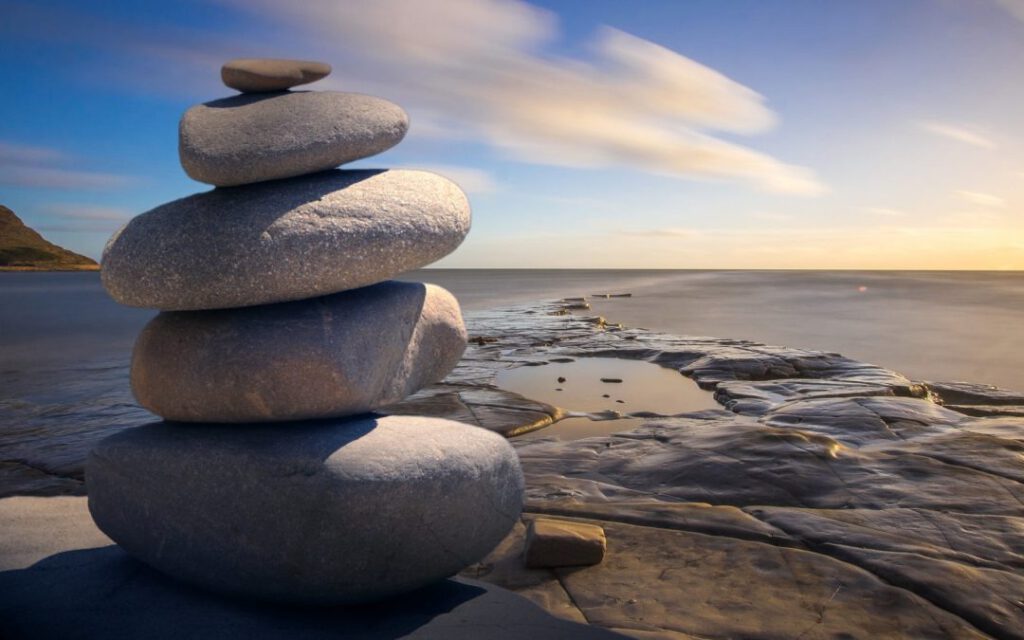

July 14, 2020
Because it’s the basis for human consciousness’ development.
The practice of cultivating silence is, in my view, one of the great pillars of sustenance to self-knowledge, which is what enables the development of human potential.
If you want to be an aware explorer of yourself, meditation needs to be part of your life. In essence, the practice is designed to develop the ability for self-observation. Understand this as daily breaks in which you turn your attention inward, seeking to return to your center, from where you (the observer) witness the flow without identifying yourself with it.
There are several meditative techniques. Today I want to talk about one of the simplest techniques, which basically consists of you stopping whatever you are doing, regardless of where you are, breathing deeply and just watching everything that goes on in your inner world. It can even be a break for taking a glass of water, as long as your attention is fully focused on that moment, without distractions.
It’s natural for us to be distracted throughout the day in our routines. We are interacting all the time, either with other living beings or with our thoughts. And in this process, we are led to judge, classify and create stories about what we are interacting with. This is in our lower nature. That’s how we normally act.
As we go deeper into meditation, we learn how to put the lower mind under the domain of the Self and, then, we start to access other quadrants of consciousness, connecting with the Higher in us. However, to create this benign cycle, it’s necessary to have discipline. Through intentional repetition, we create a foundation in our psychophysical system that allows us to make this connection happen effortlessly.
I propose that you start by sitting in a comfortable position with your spine aligned but not rigid. Close your eyes and direct your attention to the flow of your breath, becoming aware of the incoming and outgoing air. In the same way that you observe your breathing flow, you also observe your thoughts and emotions, without criticizing or judging them. Realize that there is a space between you who is watching and what you are watching. At first, this space is almost imperceptible, but little by little our perception starts growing.
Take the opportunity to also observe your body, where there are points of tension and discomfort. Instead of trying to escape the discomfort, I suggest that you intentionally get in touch with it. Breathe and relax. Comprehension is what makes it possible to de-identify. Getting in touch means being receptive to embrace and also to understand the pain.
The greater the tiredness and accumulation of tension are, the harder will be to maintain self-observation. In this case, try to identify if this tiredness is only physical or if it’s an energy drain, resulting from some thought or emotion with which you were identified with and need to let go.
Realize that this is a training for you to learn how to deal with suffering and overcome it. There is no right or wrong, you will discover your limits. You will discover what these pain points want to tell you and how you can embrace them. Fear comes and you breathe fear. Breathe anger, sadness and allow yourself to find relief inside, giving space for these contained emotions to express themselves in a safe field.
You start watching this phenomenon without worrying whether it’s going up or down, evolving or regressing. You are moving, placing yourself before the flow of abundance that is life. And it’s in this way, and only in this way, that we really begin to expand our consciousness.
Author of several books, among them the best seller, O Propósito, Sri Prem Baba adds that the practice of cultivating silence is one of the great pillars for self-knowledge. Factor that makes it possible to fully develop human potential.
Communication Team
Prem Baba
